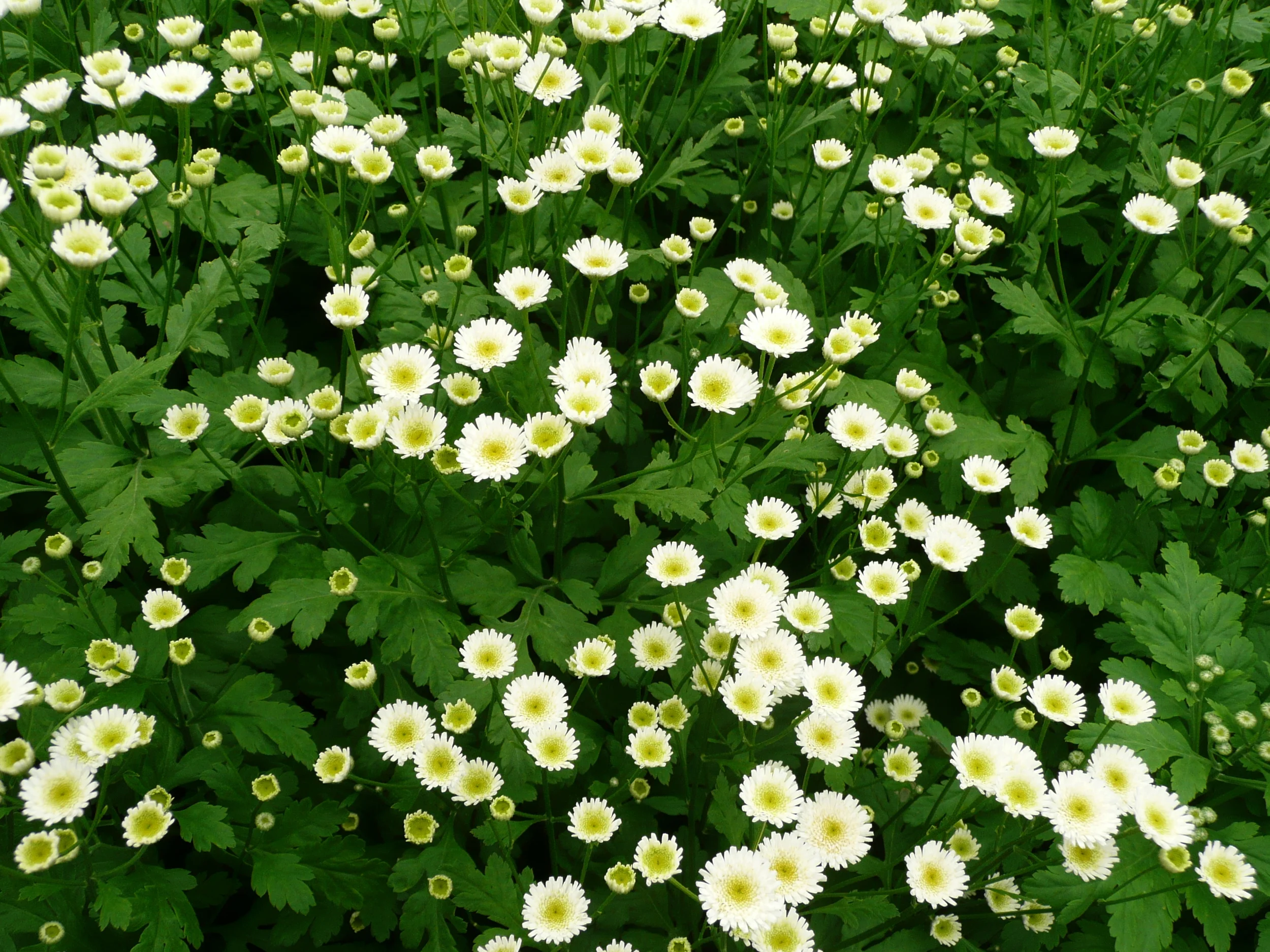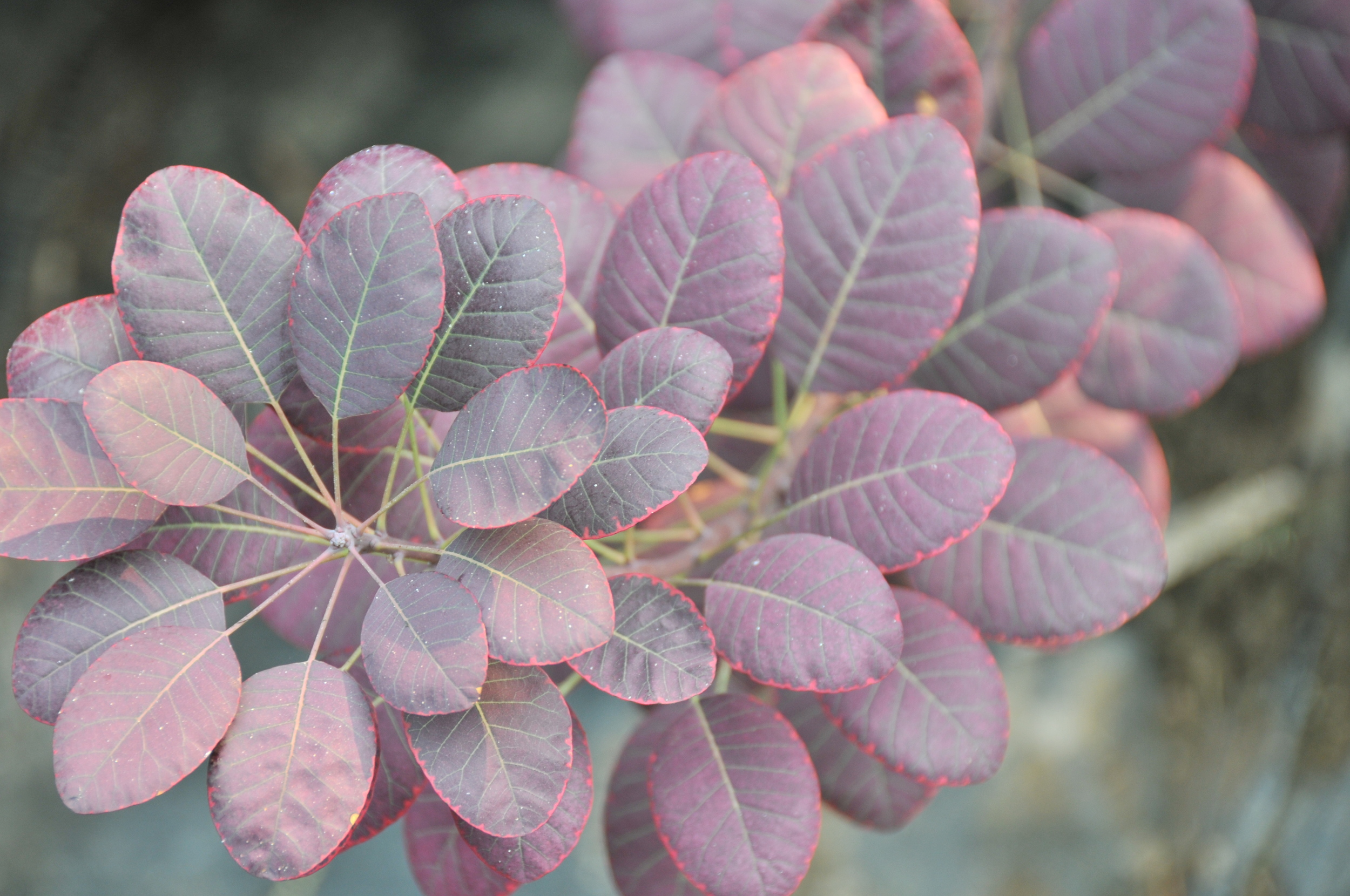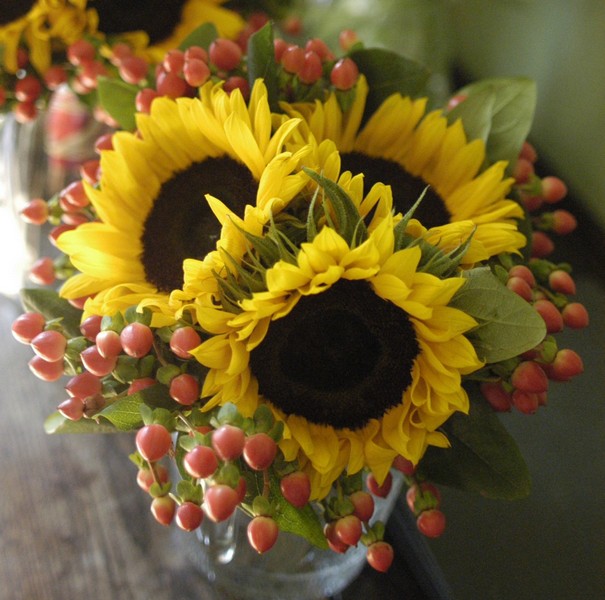Matricaria, also known as Chamomile or Feverfew, is one of the most cheerful, adorable botanicals around.
(L-R): Yellow Button, White Button, and White Daisy Matricaria
These daisy-like and button-shaped flowers hail from the Aster Family, and come in a variety of forms.
Clockwise from top left: White Button, Yellow Button, White cushion, and White Daisy Matricaria
The top two varieties--white and yellow button matricaria--have no petals, hence the name "button." The bottom two varieties resemble miniature daisies; white cushion matricaria features little white cushions with layers of petals forming teeny tiny fringe, while white daisy matricaria has layers of white petals surrounding a bigger, yellow center.
Growing Practices for Matricaria
While Matricaria responds well to sun and heat, too much light will stunt its growth. Matricaria is a summer-blooming flower, and the long days of sunshine will make them bloom quickly and beautifully. If matricaria is grown during winter, you will need to provide a sufficient amount of heat. This can be done by growing the crop in hoop houses covered with plastic.
Matricaria in plastic-covered hoops
Matricaria's Healing Properties
An added benefit to growing Matricaria is that much like its Chamomile Tea counterpart, the crop has beneficial properties, except instead of soothing a sore throat or aching belly, Matricaria crops restore essential nutrients in the soil.
Matricaria is a key player in soil health and works well with crop rotation. Rotating out other crops and replacing them with Matricaria for a year will amend the soil, restore nutrients, prevent physarum (a type of soil mold), and improve the total amount of flowers one can get from every crop. Beneficial and beautiful!
Matricaria Design
Matricaria is cheerful filler that provides immediate color, volume, and delicate texture. It is fun to use in bouquets; its earthy, wildflower look adds a rustic and summery element to arrangements, making it a popular choice for outdoor, garden, or country-style weddings.
For even more Matricaria Design Inspiration, check out the Matricaria Bouquets Pinterest page. It is brimming with images and ideas for gorgeous Matricaria arrangements.






























